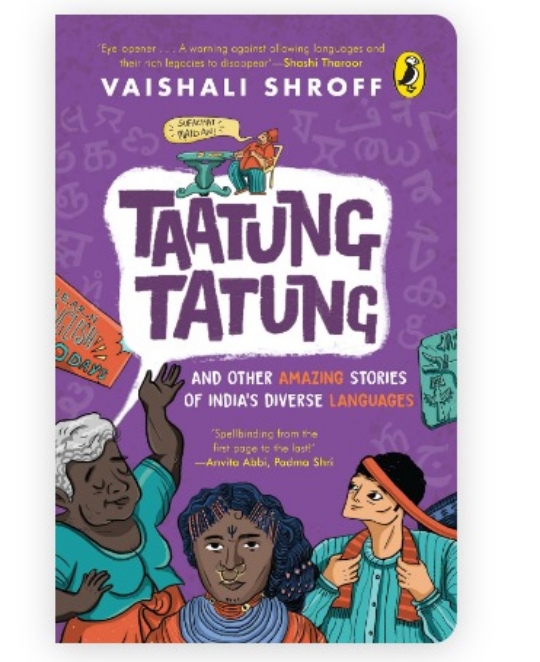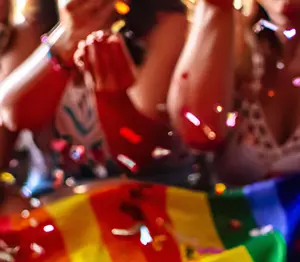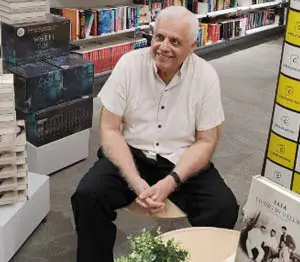In the book, she traces the origin of Hindi back to 1206, when Qutb-ud-din Aibak set up the Delhi Sultanate marking the beginning of the Mamluk dynasty. India had always been part of the trade route for the Arabs and Turks and was no stranger to the languages spoken by them. When the Mughal dynasty was established by Babur in 1526, the two languages melded together and became Hindustani – a form of Prakrit language or language of the people.
“When armies started forming during the time of the Mughals, the presence of Arabic and Persian language was more strongly felt. There were Hindu and Muslim soldiers in the Mughal armies there was a crossover. So, Hindus started, adding more Sanskrit based vocabulary to the Hindustani language. And that was called Hindi. And the, Muslims, with the background of Persian and Turkic and Arabic, started infusing more of that vocabulary to the same Hindustani language, and that became Urdu. So basically, Hindi and Urdu are the same languages, just with a different vocabulary set.
The grammar is the same. Everything is the same. But the Hindus started writing, in Devanagri script and the Muslims started using the Nastaliq script and that became Urdu. But if you see today, whatever modern day Hindi we are speaking is Urdu.”
What about South India? Did Hindi reach there?
“The Delhi Sultanate expanded their region to the south of the Vindhyas and moved with their language which only had Arabic, Persian, and Turkic elements – no Hindi yet. When they interreacted with the Maharashtrian region, Marathi was added to the mix. Similarly, when they continued to move down South – to what is present day Karnataka, Telangana, Andhra Pradesh, Tamil Nadu – they created the Dakhni language. This language got adulterated with Hindi and is spoken even today but is called Hyderabadi Hindi.
Sentences like Kai ko mere paas nahin aaya, or Mereko nahin chahiye are examples of Dakhni language”
Hindi or Urdu?
“Roz ki zindagi main, jitne bhi baat karte hain who zyadatar Urdu hi hain. To anybody, I have spoken in Hindi, but every word was Urdu.”
If we were to say this in Hindi it would be Dainik Jeevan main ve jo kuch bhee bolte hain vo adhiktar Urdu hain
A large part of what we speak is influenced by our surroundings and what we hear growing up. Naturally, Bollywood has a starring role to play.
“In mainstream Bollywood writers like – Salim-Javed, Gulzaar, Anand-Bakshi, brought a lot of Urdu into the Hindi that we speak and most of us who stay outside the Hindi belt learn the language from movies.”
As we celebrate Hindi Diwas, we also need to acknowledge and do our part to save dying languages, says Vaishali.
“When we are born, the first language that we understand the world around us is our mother language. But very soon, even though my mother tongue may be Punjabi or Sindhi, I am thrust into an English medium school in Bombay. What happens to the people who come from other backgrounds? So, when we start learning English, we start going away from our roots and slowly the number of speakers start going down with every generation and some languages die out because of that. A language dies when no one speaks it, the only way to keep a language alive is to speak it, not even to write it.”
Angrez borrowing
India has over 850 distinct languages and 19,500 dialects. While English may be the language of aspiration and guaranteed jobs, it has a lot to thank Hindi for. The enormity of the influence of Hindi has meant that words from Hindi have made their way into the English language too and become a part of the zeitgeist.
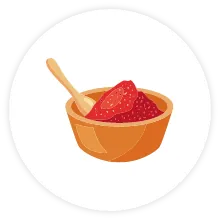
Chutney
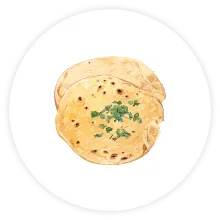
Roti/Naan
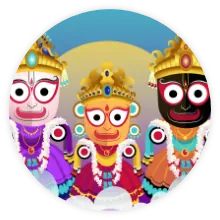
Juggernaut from
Jagannath

Bandana from
Bandhana
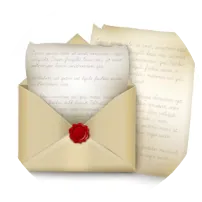
Chit from Chitthi

Dacoit from
Dakaith
English has long been seen as the language of aspiration, particularly for those seeking better job opportunities or aiming for upward mobility. The dominance of English in education, business, and urban life has made it the go-to language for success, and e-commerce platforms have historically catered to this urban, English-speaking demographic.
However, the landscape is evolving as businesses recognise the immense potential in Tier 2 and 3 cities. To tap into this growing market, e-commerce sites are now localising their platforms by offering Hindi language options, creating more inclusive experiences for non-English speakers. But this is a small shift says, Vaishali, that only platforms like Amazon and Flipkart can afford at the moment. Right now, in India, popular brands are content catering to the small, urban, English- speaking audience. The change may be imminent.
“It is what is called localisation of a product. Or the adapting of a product or service to the culture and language of a niche market. It is happening in Europe a lot because Europe is still not pro- English. You'll find, original apps of all mega corporates, have, options to translate pages into French, German, Mandarin, etc. Because over there, the large majority doesn't speak English. They deny English. So, there is a basic need and necessity to have those apps and products and websites available in different languages otherwise there is no consumer base.”
So, next time you're binge-watching a Bollywood movie or haggling at a street market, remember, you're not just experiencing Hindi; you're diving into India's linguistic melting pot. Hindi isn't just a language; it's a journey, a reflection of our nation's vibrant history and diverse cultures. Let's celebrate its richness, its evolution, and its unique place in the Indian tapestry.
Write to us at: subtext@ticworks.com




